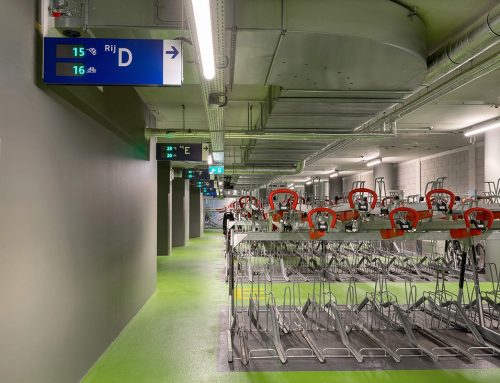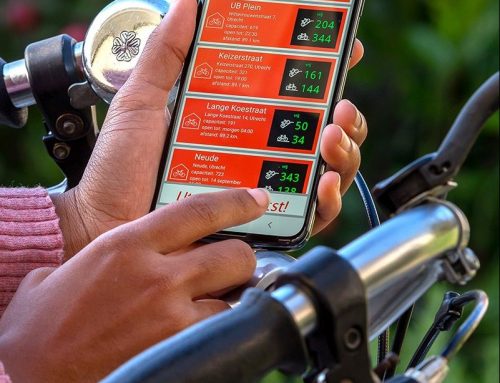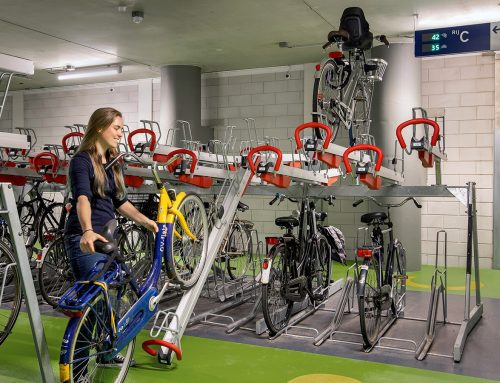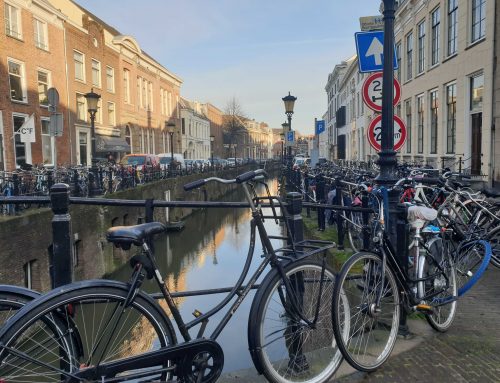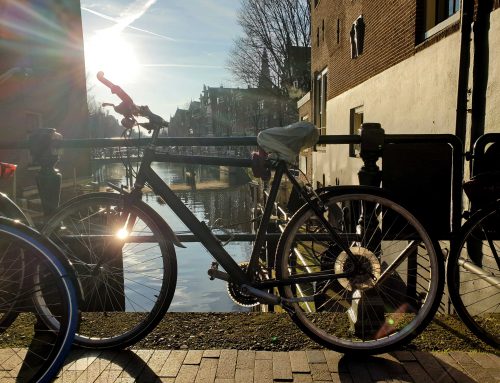The Netherlands is well known as the cycling capital of the world. But the situation was not always like this. Although before World War II journeys were mainly made by bike, after the 1950s and 60s there was increasing in the car ownership. This phenomenon happened in almost all Europe countries and lead to congestion of streets with cars. These changes pushed asides the cyclist. However, with the convenience of car riding, there was a sad truth that happens. The jump in the car number in the Netherlands caused an increasing number of deaths on the roads. Data showed that in 1972, more than 3,000 people were killed by motor vehicles which 450 are children.
In response to the issue, a social movement in demanding safer cycling condition for children was created. It was called ‘Stop de Kindermoord’ (Stop the Child Murder). The name came from an article written by journalist Vic Langenhoff whose own child had been killed in a road accident. In addition to that, the Middle East oil crisis in 1973 also helped with giving twin pressure to persuade the Dutch government to invent the improvement of cycling infrastructure.
The Dutch built a dedicated vast network of cycle paths to make cycling safer. The road is usually marked with red smooth surfaces road and separated but wide enough to allow side-by-side cycling and overtaking. Some path is completely segregated from motorized traffic. Some paths are shared path with the motor vehicle as the ‘guest’ of the road. In roundabout condition, the cyclist has a priority too.
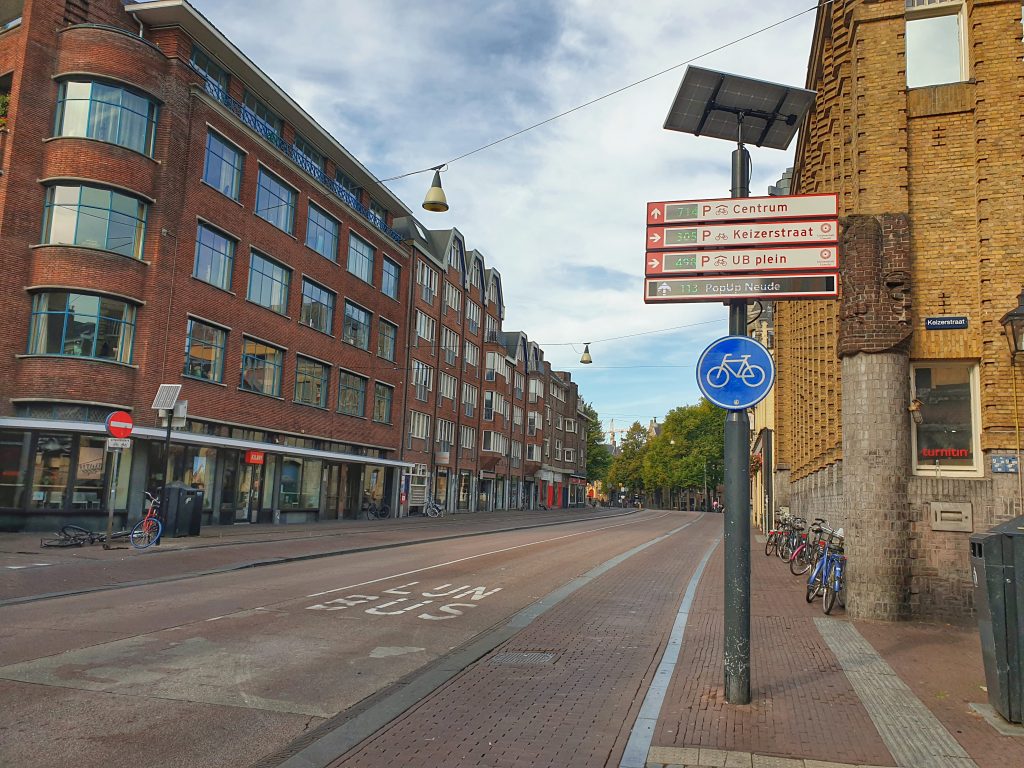
With all of the infrastructure, political and behaviour changes, nowadays, more than quarter trips in the Netherlands are made by bicycle. The cyclists’ Union who was a group of random activist, now is a respectable organization with 34,000 members. But how can you create similar outcome without the long process like the Dutch?
Well, there are several things that you can do:
1. Create dedicated bike paths everywhere
Bicycle infrastructure is vital to promote cycling. The Netherlands creates separated bicycle roads which give safe path for cyclist. The safety aspect of cycling promotes people to cycle more. After the deliberate political decision in the 1970s, the Netherlands change their idea on mobility to create a city that is safer and livable. Nowadays, cycling infrastructure and bicycle path in the Netherlands expanded into over 35,000 km. This means that almost all short-distance trip -especially in cities- are being made with bicycles. Which make up one-quarter of all journey in the Netherlands.
2. Create a policy that is inclined to helping the cyclist
Policies such as giving priority to the cyclist will help on promoting cycling. With policy and regulation that support cyclist, it is easier to create infrastructure and support the physical movement of the people. Moreover, the government also plays a crucial role in promoting cycling. Regulation around cycling needs to be done to protect the cyclist. However, this does not mean that government gives a limitation to the cyclist.
The Netherlands which is countries with a higher number of bicycle than the people does not make it mandatory for a short-distance cyclist to use a helmet (only the fast bike) because the cyclists have separate infrastructure than motor vehicles. This means instead of limiting the option and regulate the cyclist, the government need to facilitate the cyclist and make it easier for the cyclist to mobilize by creating a supportive environment around the bicycle mobility.
Another example is the green light wave for cyclists and cycle superhighways. The cyclists don’t need to drop their feet and can have an undisturbed journey in comparison to motor vehicles that need to stop every time cyclist pass by. This then motivates people to choose cycling than motor vehicles.
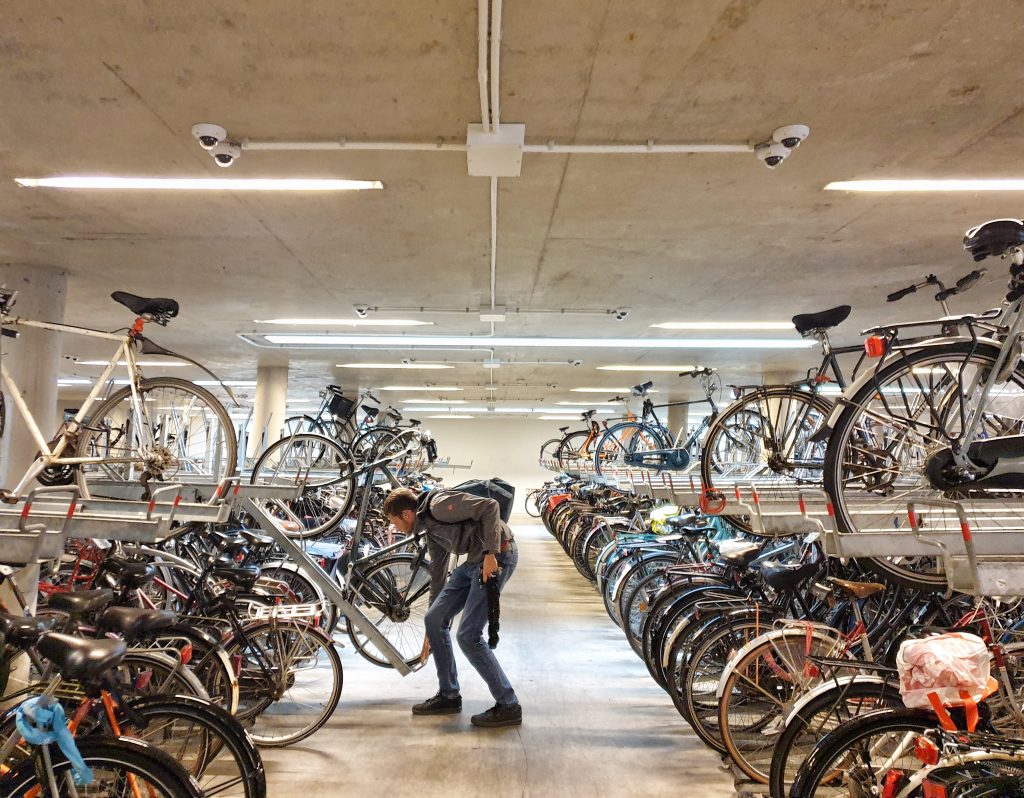
3. Introduce cycle in early age
The Dutch bring their children in a bakfiets. Bakfiets or literally translated as a box bike. It is a popular cargo bike that the Dutch use for many things including bringing their children from place-to-place. When the children reach the age where they can cycle independently, parents will allow them to cycle next to them and usually with helmet to ride along with them. Moreover, at school, children also receive an education with cycling proficiency lessons which is a compulsory part of the Dutch school curriculum. The Dutch cycle initiatives transformed cities into a place where children, the elderly, rich and poor even the queen and king to cycled.
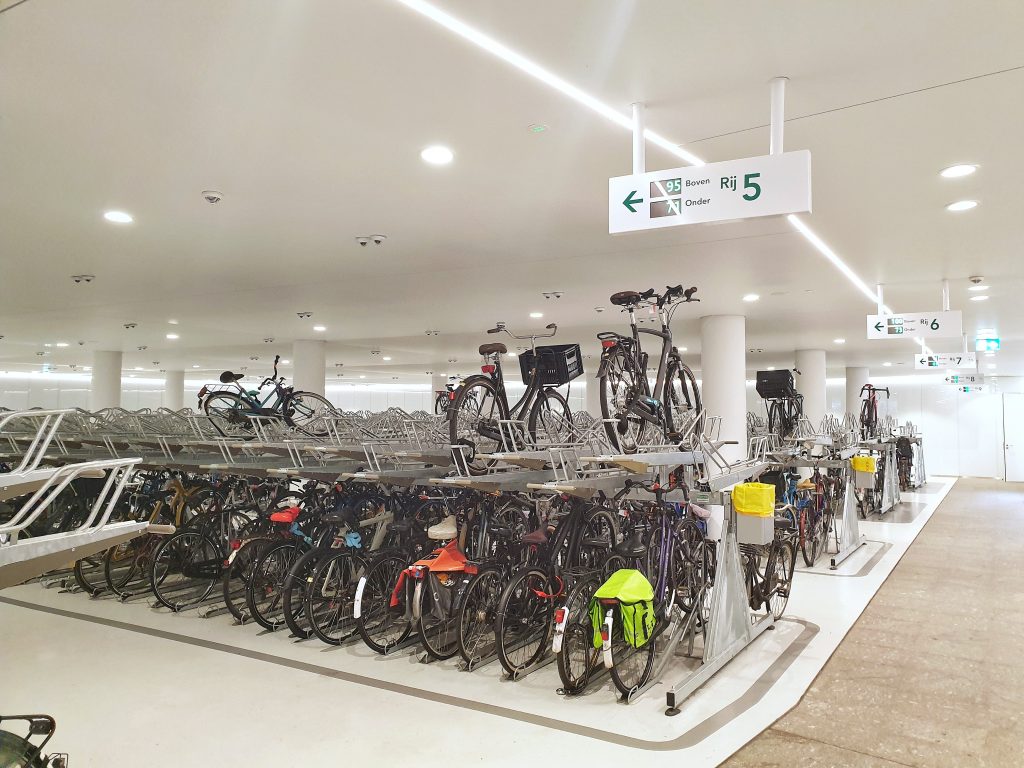
4. Facilitate with bicycle parking location
With the biggest bicycle parking in the world, Utrecht bicycle parking facility can hold over 12,500 bikes. Parking location is vital to facilitate the cyclist and allow order within the city centre. Bicycle parking facility in the Netherlands can be found everywhere, from outside the school, office buildings, to the underground of the shopping centre.
Moreover, digital display with electronic counters of the number of available spots on the entrance also helps to inform the cyclist. LUMIGUIDE offer all of the solution for bicycle detection in the smart parking management solution. Besides that, with the camera system to detect bicycles, LUMIGUIDE can gives high accuracy on the number of occupied and available space in the parking facility. The bicycle detection system can even accurately detect abandon bicycles. Our bicycle detection system can be found across cities in the Netherlands (information available in our projects). The system counts the bicycle and transfers the information to the digital display in- and outside the parking facility.
5. Use smart mobility solution to direct cyclist to their parking facilities.
With advance facility for the cyclist, they will be motivated to cycle and park their bicycle in the current location. Use the P-route information system to guide the cyclist to the available parking location. The P-route information system will help to create a more efficient way of directing cyclists and car drivers to available parking spots. This will reduce irritation levels in commuters and help to unclog the inner cities.
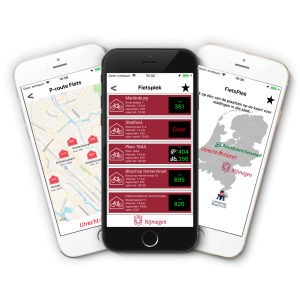
LUMIGUIDE offers Mobile Parking Apps for cyclists and car drivers. They can check the app before they leave their home to see where and how many parking spots are still available closest to their final destination. The Fietsplek mobile app helps them to find available parking spots across the city with just one click.



